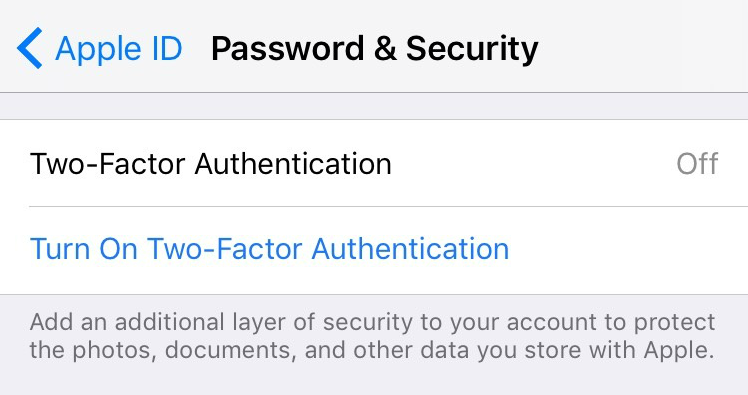From logging in to your website, blog, and social accounts to emailing book-related materials, staying on top of cybersecurity is more important than ever. Thankfully, with each new threat come new tools to block it and keep your identity and data safe from harm. Below are some specific tips and best practices for protecting your privacy.
Know Who Has Your Data
Whether you’re logging in to a new website via Facebook or allowing your browser to track your viewing habits, you probably often allow companies to see your data over the course of marketing your book and promoting your brand online. Websites collect data often and that data is usually critical to the user experience. But if there’s a security breach, that data can be compromised, so it’s important to know where your information is.
No, Facebook doesn’t listen to your phone conversations. Still, if you’ve allowed third-party sites to use your author or your personal Facebook account, you can revoke access at any time by going into Settings, then Apps. Hover over any app and click the “Edit Settings” button to review the privileges allowed it. Hover and click the X to revoke access for that app completely.
To do the same thing on Twitter, go into the Settings and Privacy section. Click the “Revoke Access” button next to the apps that you no longer want to access your data.
Similarly, Google has an extensive and transparent privacy page which explains what data they track, why they track it, and how you can block them from retaining said data. If you use Gmail for your author email account, have a platform on YouTube, or browse the web with Chrome, go into your Google account to make changes to your personal info and privacy.
Update Your Devices
Recently released documents from WikiLeaks revealed how many devices—iPhones, Android devices, WiFi routers, and more—were able to be compromised by tools intended to protect national security. But these documents also led to one solid takeaway: “Update, update, update.” Bug fixes and security upgrades come along with app and device upgrades, so make sure to check for new updates regularly.
An easy first step is to check what version of its operating system your phone is running. To do that on Android, go into Settings and navigate to Security to find the “About Phone” button. (Note that these menus might vary slightly based on the software version you have.) On iPhone, go into Settings, click General, then Software Update. If you don’t have the most up-to-date version, you will be prompted to update. Next, check your apps.
If you go into your device’s app store, you should find the list of apps that need to be updated. It’s easy to ignore, but it’s important to update regularly. This is true for any device that connects to WiFi—televisions, smart watches, video game systems, and so on.
Beware of Phishing Scams
If your email is on any public site—and as an author, chances are you have a link on your website or have your email posted somewhere—you’re bound to get a spam email every once in a while. This is normal, and hopefully your email provider automatically sends a majority of these messages to your spam folder. But on the rare occasion that it doesn’t, beware of phishing scams.
If you get an unsolicited email, look at the sender and the address. If it claims to be from a bank or any other institution and you notice anything strange—a seemingly completely unrelated email address, subtle character differences, or incorrect domain names—delete the email immediately or report it as spam. Never click a link in an email from a sender you don’t know.
Keep an Eye Out for Impersonation
It is a rare occurrence, but authors are public figures, and they are susceptible to impersonation. Get into the habit of searching your name on social media and Google every couple months. See if any new accounts are set up in your name or appear to be actively impersonating you. This article goes into detail about how to report impersonation on every social media platform.
If the impersonation happens outside of social media—on blogs or forums, for example—stay calm, report it to the site managers or forum moderators, and if you need any help or advice, reach out to your publishing team.
Quick Tips for Online Safety
- Opt for two-factor authentication, which is a method of logging in to a website that uses multiple ways to prove you own the account. For example, you might use your password and a PIN sent to you by phone or text message to log in. This process has been in place for personal banking for years, but has recently been extended to Google, Facebook, and Apple.
- Set a password for your phone, and use fingerprint scanning technology if that is available to you. Enable phone-finding and security features in case your phone gets lost or stolen.
- Create strong, unique passwords. For added security, use a password manager, which is an application that helps you store and organize complex passwords. With this, you would have one strong master password that would grant access to your full password database. There are many available for free or for purchase. Always do your research, read reviews, and test the system out if possible before you use it.
- Think twice, click once! This applies to spam emails, requests to access data for social media platforms, links sent through direct messages, and anything else you might encounter in the digital world.
Phil Stamper-Halpin is Manager, Publishing Development & Author Platforms for Penguin Random House.





